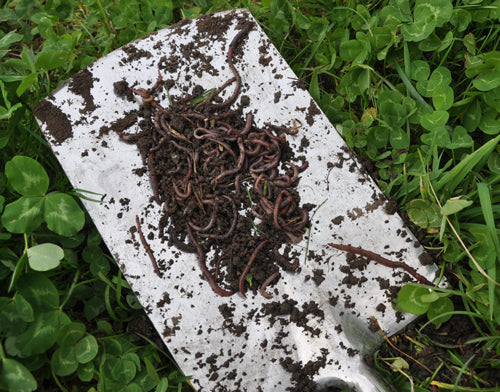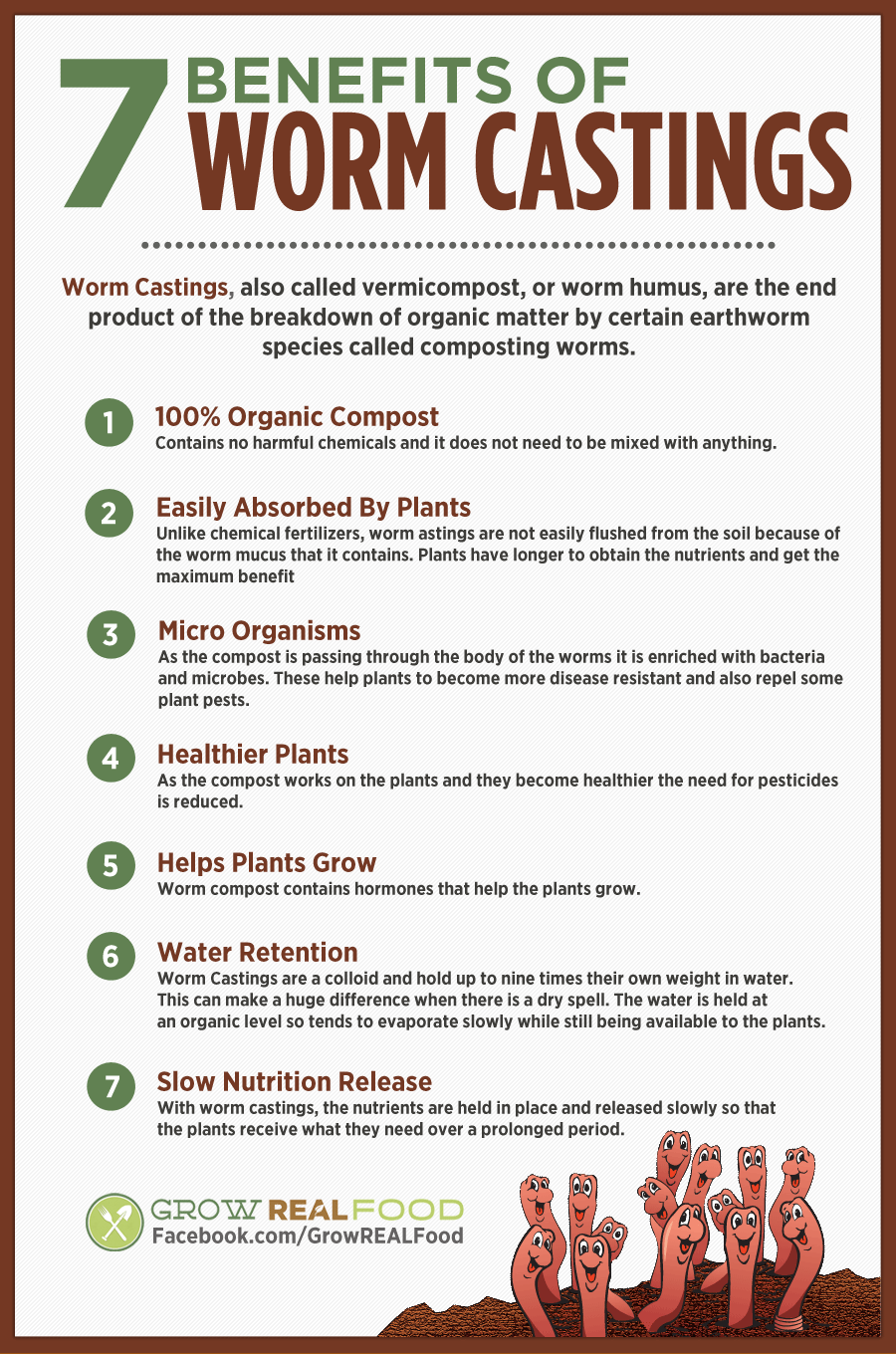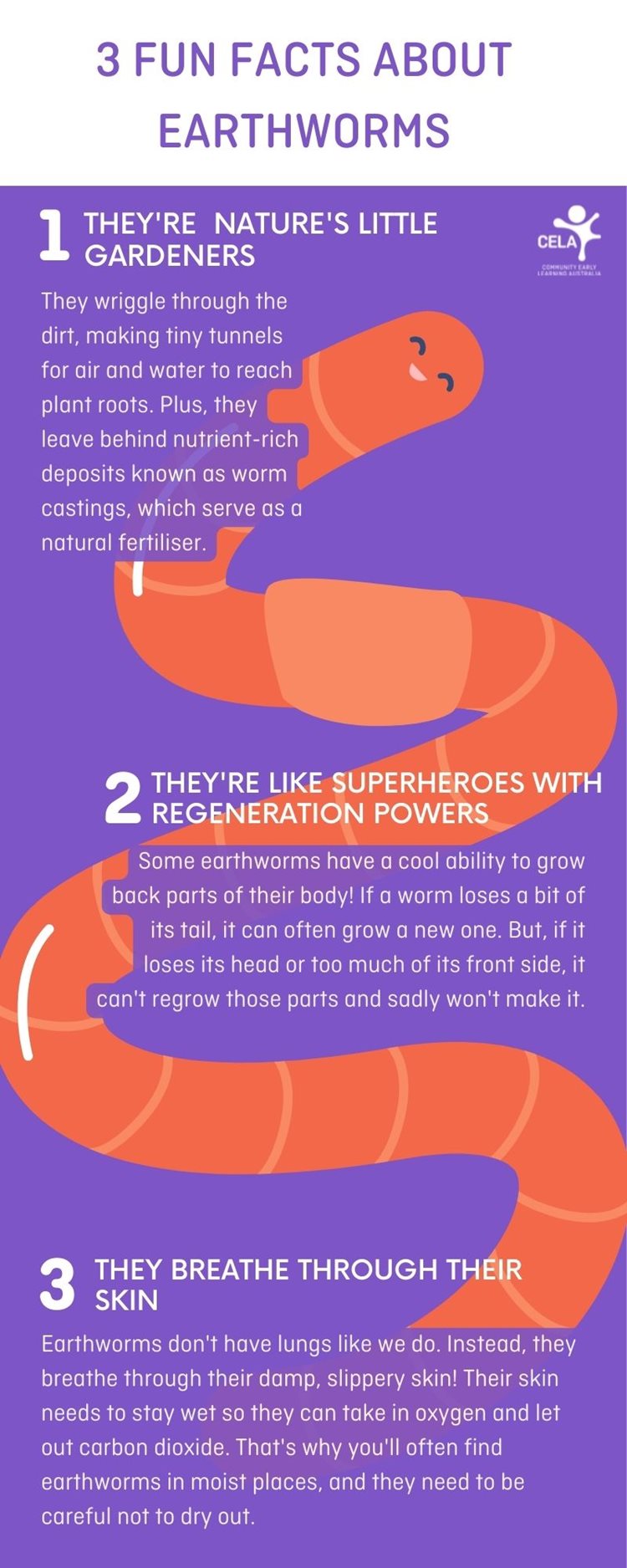Everything about North Carolina Worms
Top Guidelines Of North Carolina Worms
Table of ContentsLittle Known Questions About North Carolina Worms.A Biased View of North Carolina WormsNorth Carolina Worms - An OverviewThe Best Guide To North Carolina Worms
Example: 1-gallon of worm spreadings to 4 gallons of potting mix. Do NOT utilize a potting mix that has chemical plant foods in it. Review the labelit will certainly claim. 1/2 mug in the base of the planting hole for smaller sized plants. 1 mug for bigger plants. ie. tomatoes, green peppers, summertime squash, and so on.
The addition of tea can likewise add raised microbial biomass to your soil. You can constantly side-dress your plants with worm castings any time. Just bear in mind, the microorganisms will certainly pass away if exposed to UV rays (Sunlight), so be sure to cover the castings with an inch approximately of soil.
This baffled them for years up until the testing methods became better. It would certainly get much better(with even more castings), degree off, and after that decline. Also several worm castings would certainly increase the growth to a rate that the plant could not recuperate from.
North Carolina Worms for Beginners
I have expounded the merits of worm spreadings for regarding 2000 words. Worm spreadings are no various. It takes time to produce high quality worm castings.
Worm spreadings absolutely set you back even more than chemical plant foods. Worm spreadings are on the less expensive end of organic fertilizers. (50 gallons per year) It is a much tougher and very pricey financial investment to produce big amounts of worm castings.

Developing a healthy and balanced soil might be the greatest advantage of worm castings. We went over worm castings NPK and additionally the appropriate nutrient analysis that must use to worm castings.
North Carolina Worms for Beginners
We chatted concerning some of the disadvantages connected with worm castings. I covered a whole lot of product in this short article.
The upright burrows are commonly open, although the worms cover the leading with deposit and waste matter. Origins need oxygen for their development, whereas they produce carbon dioxide that needs to leave the dirt.
Earthworms enhance porosity by 2 systems: (1) by developing long-term burrows, and (2) by boosting dirt gathering. Gathering is improved by the mixing of dirt and organic issue in the earthworms' intestines. Lake Rhodhiss Bait. These extremely stable aggregates are deposited by some earthworms in their burrows, and by others at the surface of the dirt


In one more study, earthworms were estimated to eat 4 to 10 percent of the top 6 inches of the dirt annually. Soil compaction lowers the porosity of the soil.
Facts About North Carolina Worms Uncovered
Common earthworm populaces can easily eat 2 lots of completely dry matter per acre each year, partially digesting and mixing it with soil. The value of earthworms to mix surface deposit with dirt ends up being extremely clear in dirts that do not have any kind of earthworms. The majority of our Pennsylvania soils contend the very least some earthworms, and the impact of their full lack, for that reason, can not be kept in mind.
(https://directory9.biz/details.php?id=271256)In these dirts, the development of topsoil with reasonable raw material material did not happen, leading to bad plant growth. Once the reason was developed, the federal government of the Netherlands began a campaign to introduce earthworms. After the intro of the earthworms, a dark topsoil layer was developed, and crop development boosted substantially.
They live mainly from partially decomposed raw material that is already integrated in the dirt. They consume their means with the dirt, creating horizontal burrows that they loaded with their excrement. These types ingest huge amounts of dirt that they blend with absorbed crop residue in their intestines. or anecic species live in permanent upright burrows that can be 5 or 6 feet deep.
These species ingest considerable amounts of dirt that they blend with absorbed residue in their digestive tracts. Their excrement is mainly transferred at the surface of the soil.